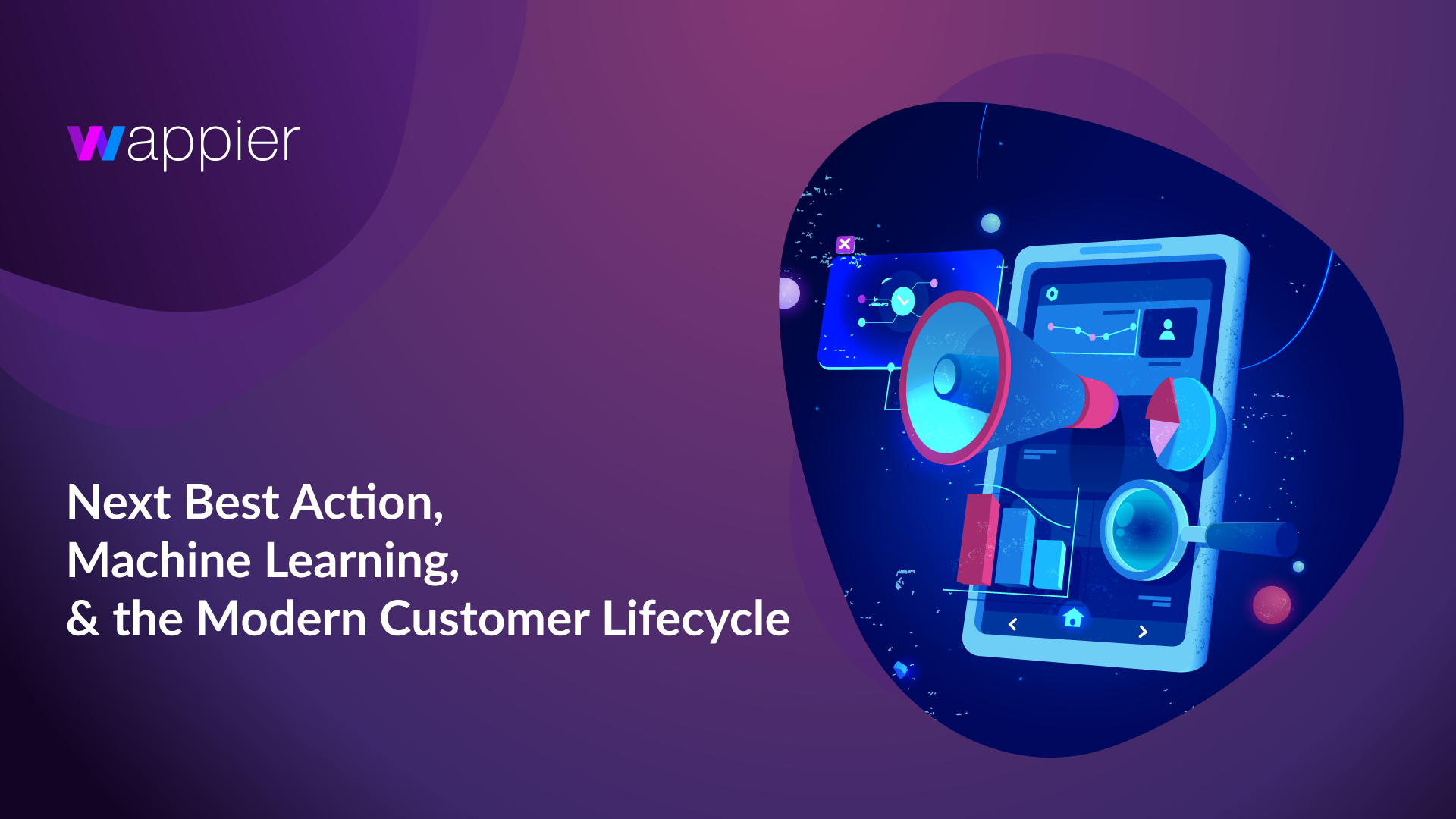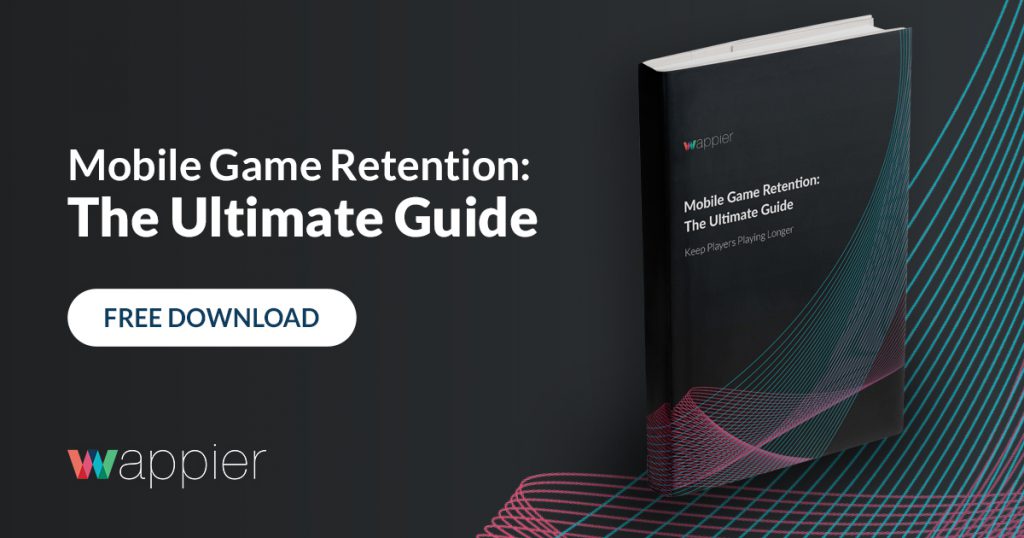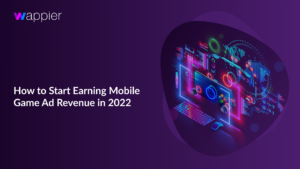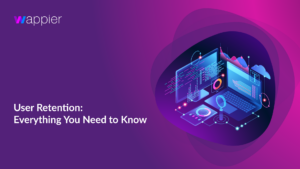Giving customers what they want is at the heart of every business, but getting customers to do what a brand wants is at the heart of marketing.
That’s not always about persuading them to make a purchase, because that’s just one part of the buyer’s journey. To continue providing value for consumers – and for them to provide value for the business – marketers must find ways to engage and satisfy them. “next best action” is a key strategic concept for guiding customers along their lifecycle with a brand, whether they continue the relationship or ultimately part ways.
It’s important to understand where next best action fits into marketing strategies, what it can achieve, and how it’s best implemented to create ongoing success. This article will explain the basics of next best action with examples, and provide advice on best practices.
next best action machine learning
What is next best action?
Next best action is a marketing strategy that evaluates a customer’s past behavior, recent actions, interests, and needs to identify the most effective way to encourage them to complete a specific action, like completing a sale or connecting their social media account. Brands use next best action to expose customers to a part of the shopping experience that will increase its value for them while simultaneously increasing their long-term value for the business. It’s an ongoing process that aims to always present the customer with exactly the right prompt to either keep their business or remove them from the target audience.
The challenge in implementing a successful next best action strategy is that accurate predictions require analysis of an immense amount of data over time. In simplest terms, the more data a machine learning algorithm consumes, and the longer it receives input, the smarter it gets. Therefore, the more actions a customer performs, the easier it becomes to automate prompts in real-time to extend or increase their value by offering them the right prompt at the right moment. While that can be achieved by starting from scratch using only first-party data, it’s typically faster and more efficient for brands to make predictions based on a combination of their own data and analytics from similar audiences.
Next best action examples
Most businesses that benefit from repeat purchases engage in some kind of next best action marketing. Here are some common examples:
- Re-engage customers: A florist might reach out to customers who’d placed certain kinds of orders in previous years to ask if they want reminders before important holidays, like Mother’s Day or Valentine’s Day.
- Increase customer spend: A beauty product boutique could analyze a customer’s past purchases to determine their skincare or ingredient preferences to offer free samples of similar products.
- Convert free customers to paid users: A mobile game could prompt a player to pay a one-time fee to permanently remove ads from the play experience.
Any of these examples might ultimately lead to a purchase, which is why next best action is often conflated with next-best-offer, but the immediate goal is information. One of the main benefits of next best action strategies is they provide valuable data whether the customer takes the action or not.
In the first example, the customer signals future buying intent and might also provide their phone number if they choose to receive reminders via text message. If the skincare customer doesn’t take advantage of the free samples, the shop might try a different offer, like a bundle of products they’ve purchased in the past. If the mobile gamer ignores the prompt to remove ads, the game publisher may decide the ROI on marketing to them is too low to continue. Whatever the outcome, the brand has information that can guide their next marketing decision.
Next best action and machine learning
An accurate predictive model requires an enormous amount of data to be effective at scale. Not only does it pull from many touchpoints along the buyer’s journey, but it also has to consider data from several different sources, which is why machine learning is so crucial for next best action analytics. Machine learning is a term that gets used perhaps more than it should, but it’s an integral part of successful next best action strategies.
Machine learning is an application of artificial intelligence that becomes more accurate over time as it’s fed more and more data points, which makes it ideal for next best action predictions. With it, marketers don’t have to rely on gut instinct or assumptions to choose the best course of action. Machine learning can identify and prioritize options based on a brand’s corporate, campaign, or even segment goals.
Most marketers don’t have the in-house resources necessary to crunch the amount of raw data necessary to facilitate effective next best action marketing. They typically also lack a large enough data pool to craft a reliable next best action model. Finding a partner with an established history of machine learning development eliminates the risk of wasting time with a next best action algorithm that produces mediocre results. It also helps avoid the pitfall of aligning with an organization that uses “machine learning” as a buzzword or lacks the data science capabilities to form a complete picture of your customers’ behaviors.
wappier’s Next Best Action uses AI to target each individual with the optimal offer, messaging, tone of voice, and background image at the optimal moment. Through a dynamic assembly of interstitials, ads, and real-time individualized offer generation, Next Best Action offers a moment-based lifetime value optimization.
Want to know more? Get in touch to learn why wappier’s intelligent revenue management is the smart choice to help your brand navigate all stages of the buyer’s journey.







